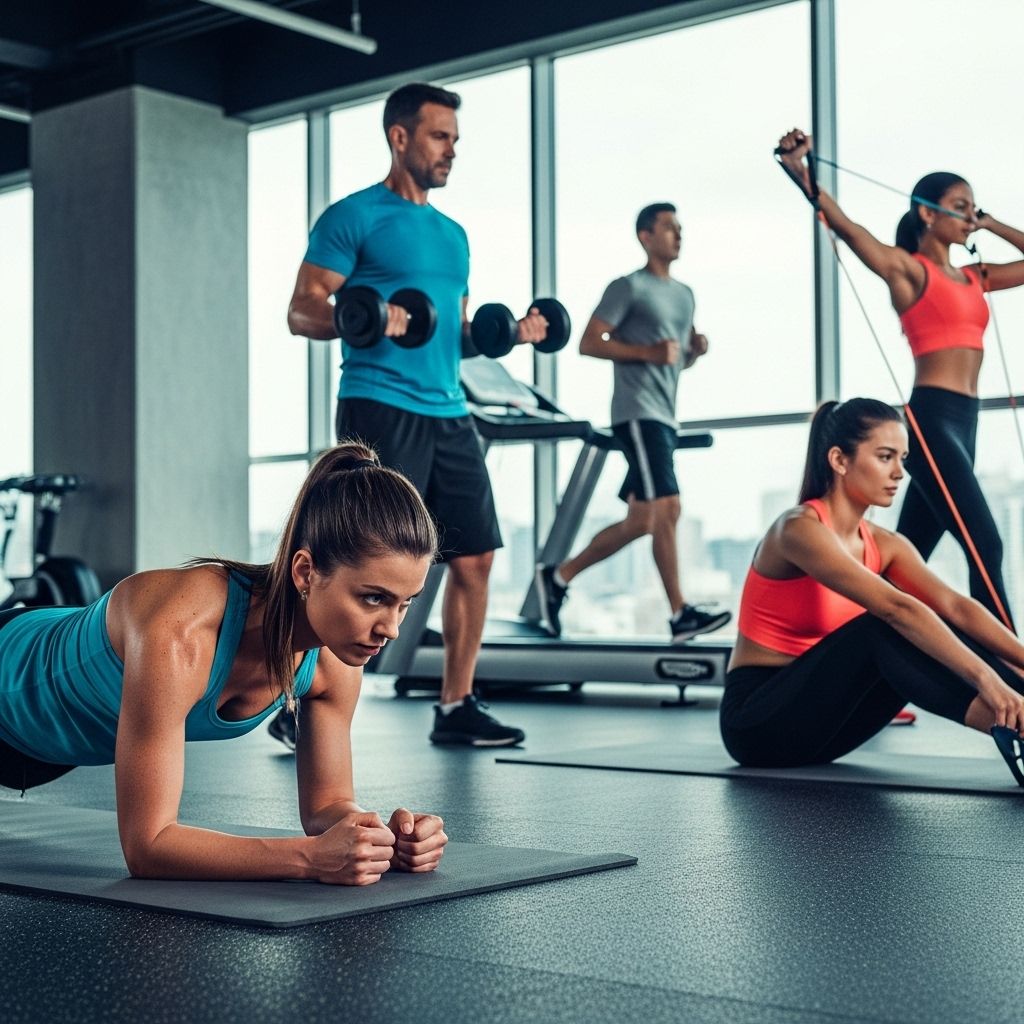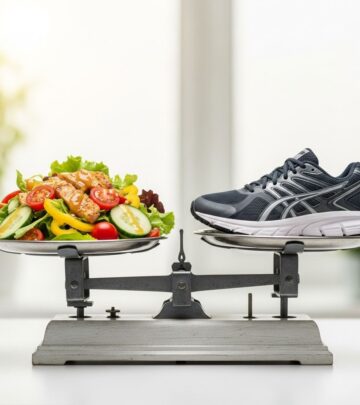Exercise and Fitness Guide: Stay Active for Better Health
Learn how physical activity boosts health, prevents disease, and improves quality of life at every age.

Exercise and Fitness: Benefits and Basics
Physical activity is a cornerstone of good health. The Centers for Disease Control and Prevention (CDC) and other health authorities consistently emphasize that being active is one of the most important things you can do for your physical and mental wellbeing. Regular exercise helps prevent chronic diseases, improves mood and sleep, supports weight management, and increases overall quality of life.
Types of Physical Activity
Exercise can be categorized into several key types, each offering unique benefits:
- Aerobic (Cardio) Exercise: Activities like brisk walking, running, swimming, and cycling elevate your heart rate and strengthen your cardiovascular system.
- Muscle-Strengthening Activities: Exercises such as push-ups, squats, lunges, and weight lifting build and maintain muscle mass.
- Flexibility and Balance Training: Yoga, tai chi, and stretching exercises improve flexibility, joint health, and balance, which are especially important as we age.
Many activities—like dancing or water aerobics—combine these elements, offering comprehensive fitness benefits.
Recommended Physical Activity Guidelines
According to the Physical Activity Guidelines for Americans, adults should aim for:
- 150 minutes of moderate-intensity aerobic activity each week (like brisk walking), or
- 75 minutes of vigorous-intensity aerobic activity (like running), or a combination of both.
- Muscle-strengthening activities on 2 or more days per week that work all major muscle groups.
For older adults and those with chronic conditions, the guidelines offer flexible recommendations to accommodate individual needs.
Health Benefits of Regular Exercise
Regular physical activity can:
- Lower the risk of heart disease, stroke, type 2 diabetes, and some cancers.
- Improve brain health, memory, and cognitive function.
- Enhance mood, reduce anxiety and depression, and improve sleep.
- Help with weight management and prevent obesity.
- Strengthen bones and muscles, reducing the risk of falls and fractures, especially in older adults.
The benefits begin immediately and increase as you become more active.
Tips for Getting and Staying Active
Here’s how to integrate exercise into your daily routine and stick with it:
- Start Slow: If you’re new to exercise, begin with short sessions and gradually increase duration and intensity.
- Choose Enjoyable Activities: You’re more likely to stay active if you enjoy what you’re doing—try walking, dancing, swimming, or sports.
- Set Realistic Goals: Set achievable goals, such as walking 10 minutes a day, then gradually increase your time.
- Use Exercise Logs and Planners: Tracking your activity can help you stay motivated and monitor progress.
- Find a Buddy: Exercising with a friend or joining a group can boost motivation and make activity more enjoyable.
- Incorporate Activity into Daily Life: Take the stairs, walk during breaks, or bike to work.
Sample Exercise Routines
For ideas, consider these sample weekly routines:
| Day | Activity | Duration |
|---|---|---|
| Monday | Brisk Walking | 30 minutes |
| Tuesday | Strength Training (Bodyweight Exercises) | 20 minutes |
| Wednesday | Swimming | 30 minutes |
| Thursday | Yoga | 20 minutes |
| Friday | Brisk Walking or Cycling | 30 minutes |
| Saturday | Strength Training | 20 minutes |
| Sunday | Rest or Gentle Stretching | n/a |
Staying Motivated and Overcoming Barriers
Motivation can wane, so it’s important to:
- Vary your activities to prevent boredom.
- Reward yourself for reaching milestones.
- Join community events or challenges.
- Adjust your routine as needed to fit your lifestyle and preferences.
If you face barriers—such as lack of time, fear of injury, or chronic illness—consult a healthcare provider for personalized advice and safe exercise options.
Nutrition and Hydration for Active Individuals
Eating a balanced diet supports your exercise routine:
- Consume a variety of fruits, vegetables, whole grains, lean proteins, and healthy fats.
- Stay hydrated before, during, and after exercise.
- Adjust your calorie intake based on your activity level and goals.
Resources and Tools
To support your journey, consider using:
- Exercise logs and planners
- Sample exercise routines and videos
- Printable materials and handouts with key recommendations[10]
Frequently Asked Questions (FAQs)
How much physical activity do I need for health benefits?
Adults should aim for at least 150 minutes of moderate-intensity or 75 minutes of vigorous-intensity aerobic activity per week, plus muscle-strengthening activities on two days per week. More activity provides additional benefits.
What if I don’t have time for long workouts?
You can break activity into short sessions—just 10 minutes at a time still counts toward your weekly goal. Every bit helps!
Is walking enough to meet the recommendations?
Yes, brisk walking is a moderate-intensity exercise that counts toward your weekly aerobic goal. However, you should also include muscle-strengthening activities on two days per week.
Can I start exercising if I have a health condition?
Physical activity is beneficial for most people with chronic conditions, but check with your healthcare provider first to develop a safe and effective plan.
How can I stay motivated to exercise regularly?
Set achievable goals, vary your activities, exercise with friends, track your progress, and reward yourself for milestones. Community events and challenges can also help.
Does exercise have to be done in a gym?
No, you can be active anywhere—at home, outdoors, at work, or in local parks. Activities like gardening, walking, dancing, and playing sports all count.
How does exercise help with mental health?
Regular physical activity can reduce symptoms of anxiety and depression, improve mood, and help you sleep better.
Conclusion
Staying physically active is essential for maintaining and improving your health. Whether you’re just starting out or looking to increase your activity level, the key is to find activities you enjoy and can sustain over time. By following recommended guidelines, using available tools and resources, and overcoming common barriers, you can make exercise a regular and rewarding part of your life—for greater health, independence, and wellbeing at every age.
Read full bio of medha deb












